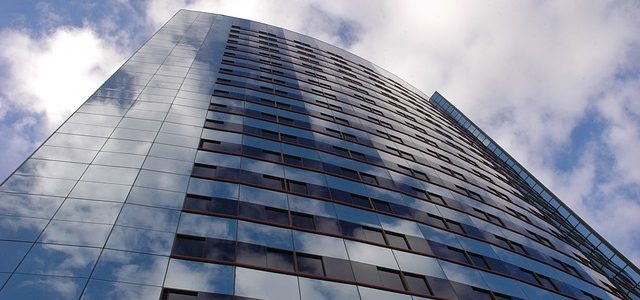The 5 Best Practices For Contract Management In Asset Services
Focused on enhancing asset value, property managers seek to minimize the operating costs of properties, improve operational efficiencies, and enhance customer service in order to protect the value of an investment property.
Property managers serve all types of real estate on behalf of corporate, institutional, and private clients. While these specialists may have a comprehensive understanding of the owner’s perspective and local dynamics, these specialists often rely on contract templates without carefully looking at the clauses specified in it. Let’s review five best contract management practices for professionals in the asset services industry.
- Establishing a Contract Review Checklist
A property manager must always review the terms of all new management agreements in accordance with her company’s contract review procedure. This is where having contract lifecycle management (CLM) software comes in handy because it allows an enterprise to establish a standardized set of review processes that is communicated in real time across the enterprise.
Such a review checklist helps the contract manager to initially determine any risks involved in the contract and the requirements placed upon the enterprise, including any deviations from the enterprises’ standard risk profile. The CLM software may automatically identify certain instances in which a contract deviates from a pre-approved range of contract language. The checklist also guides the contract manager in which instances she should reach out to legal counsel for advice on the management agreement.
- Procuring Resources to Meet Contract Requirements
A property manager must at all stages of any new property management process consider and secure the resources required for the agreement. Resources may include the time required to implement critical requirements before commencement, human resources (HR specialists, engineering resources managers, supervisors and contractors) and financial resources (for the purchase of plant, equipment, PPE etc).
Large enterprises may also have specific health, safety and environmental implementation guidelines by which the property manager has to abide. Centralizing the storage of such guidelines enables an enterprise to push all necessary updates to all property managers across the enterprise and enables property managers to access contract data in real time.
- Requiring Executive Overview
Once the enterprise and the client and/or owner have executed a management agreement, it’s a best practice that a senior property manager or managing director reviews the contract using an asset services due diligence questionnaire to ensure the content is relevant and specific to the agreed contract. Having executive oversight not only makes an enterprise stand out from the competition but also enables the enterprise to better assess risk and implement corrective actions in a timelier manner.
Here’s how executive oversight improves the transition process of a property. After a senior manager issues an asset services due diligence questionnaire to the client and/or asset owner for completion, the client and/or asset owner must return the completed questionnaire to the manager for review. The objective of the review is for the enterprise to understand the current systems for managing health and safety, the accompanying records, relevant risks and to identify any gaps or deficiencies. The senior manager must verify relevant documents and records to validate the responses in the questionnaire. Additional information may be sought from the client if the initial submission is insufficient.
- Examining a Health and Safety Implementation Plan
An extra layer of due diligence is to document all the activities required to implement health and safety requirements for the property in transition. Depending on the state requirements, type of property, and other criteria, a senior manager may customize the contract lifecycle on the CLM software and assign activities to additional team members as necessary.
Having CLM software that allows assigning specific roles (e.g. read-only versus editor) to contract processes is key in expediting this review. All activities in the plan must include who is responsible for the activity and when it is to be completed by. Responsibilities for activities may be allocated to both the asset services enterprise and the client.
- Maintaining Documents and Records
The senior manager must ensure documents and records relating to both the new management process described in this procedure, and for the ongoing management of health, safety, and environmental for the term of the management, are maintained. CLM software helps in this process by centrally storing documents and making scanned documents searchable by text through OCR software.
Image Credit: Mauabe



